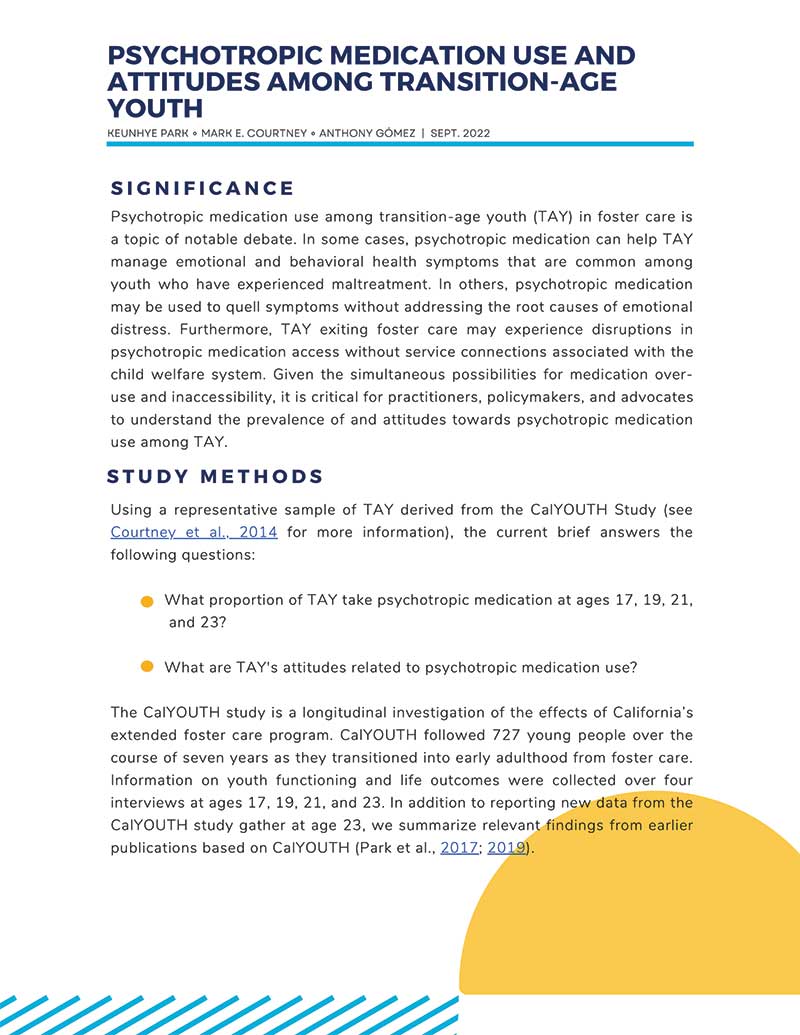Documenting Out-of-County Residences for Young Adults in Foster Care
Although California’s county-administered child welfare system allows agencies to tailor services to local needs, it also presents challenges when young people in foster care move between counties. This is particularly relevant for transition-age youth (TAY) exiting foster care, who often relocate to be closer to their support systems, attend college, or pursue professional opportunities. This study explores the frequency of out-of-county (OOC) residences among young adults in extended foster care (EFC). Results show that 37.1% of young people have at least one OOC residence in EFC, with nearly one in four young people living outside their supervising county on any given day. Moves between counties were primarily concentrated in the Bay Area, San Joaquin Valley, and Southern California counties. Despite the prevalence of OOC residences, changes in supervising agencies were rare (less than 4%), likely due to youth's strong relationships with caseworkers, administrative challenges associated with changing supervising counties, and family ties within their supervising county. Similarly, challenges in documenting whether young people have lived in a new county for at least one year make it difficult for caseworkers to identify TAYs who qualify for potential changes in their supervising county. These findings underscore the ongoing importance of inter-county and -state collaboration that facilitates continuity of care as young people pursue their personal, professional, and academic interests across the state and country.







